Tosa
Tosa is a fearless giant-sized dog breed that was developed as a fighting dog. They are also called Tosa Inu, Japanese fighting dog, Japanese Mastiff, and Tosa Ken. Today they are mostly used as guard dogs because of their patience, boldness, and courage.
What every potential owner needs to know is that this is an extremely territorial and dominant dog. They are very attached to the family, and if they are perceived to be endangered, they will not hesitate to protect it. Because of their traits, we advise you to learn everything about this dog breed before you start searching for Tosa breeders.
This dog breed is still often called the "Sumo of the dog world." In Japan, these dogs are declared national treasures. Even though dogfighting is declared illegal in most of the world and even Japan, illegal dogfighting continues in remote rural parts of Japan, where the Tosa is still used for fighting and is the first choice of people who participate in these kinds of illegal activities.
This dog breed was extremely successful in traditional Japanese dog fighting. Japanese dog fighting rules stated that dogs must perform in silence, without showing fear, and the Tosa dogs performed by these bloody orders - tirelessly and in silence.
FUN FACT: Tosa dogs are forbidden in many countries.

Height:
21,5-26 in (55-66 cm)

Weight:
90-170 lb (41-77 kg)

Origin:
Japan

Life Expectancy:
10-12 years
Dog Breed Characteristics
The Tosa is a big dog breed and a very impressive one. Since this breed was created specifically to be contesting in the fighting rings, some characteristics were expected of them.
The Tosa differs greatly in size; dogs that were bred in Japan tend to be twice as small as those that are bred in western countries. Their coat is short and smooth, and mostly you can find these dogs in red, brindle or fawn, and sometimes can even be found in pure black.
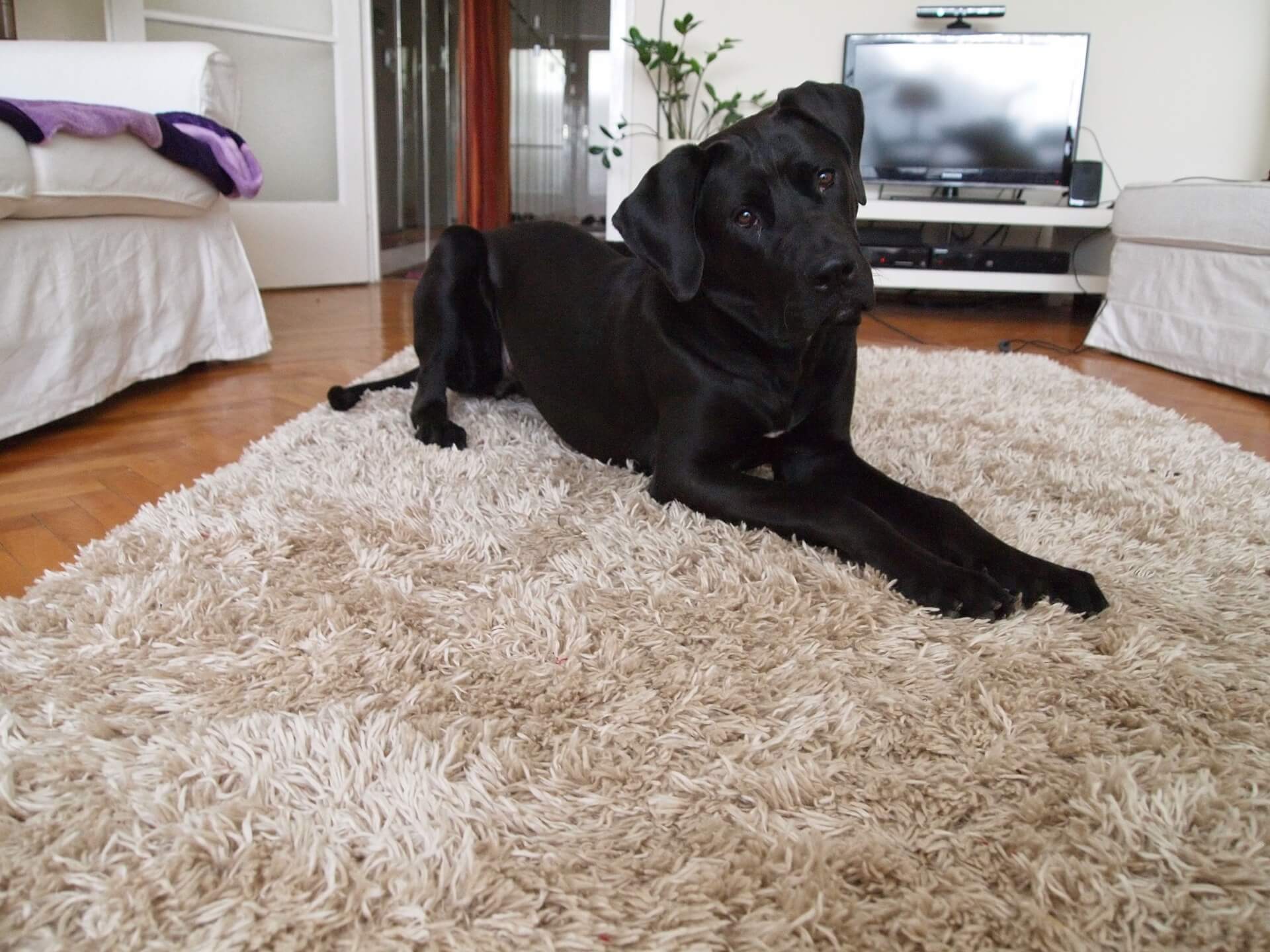
Ownership restrictions
These dogs can be a handful for first-time owners and those who are inexperienced. The ownership of the Tosa Inu dog breed is legally forbidden in certain countries and regions. In the United Kingdom, owning a Tosa is defined by the “Dangerous Dogs Act” that was declared in 1991. If you are interested in getting this dog, you will have to get a special exemption from a British court to own and import them legally.
The breed is banned or legally restricted at a national level in Australia, Denmark, Fiji, Iceland, the Republic of Ireland, Malaysia, Malta, New Zealand, Norway, Singapore, Tunisia, United Arab Emirates, United Kingdom, Romania, Germany, and France.
There are some ways you can have these dogs in those countries; for example, Germany allows tourists that are staying for less than 4 weeks to bring with them dogs of any breed, with the documents they seem necessary and those are certificate of origin, vaccinations and a personality certificate that is awarded after a thorough character test by a vet surgeon.
The strict ownership laws are constantly being updated, and before you decide to buy one of these dogs, make sure you check your country's laws and restrictions.
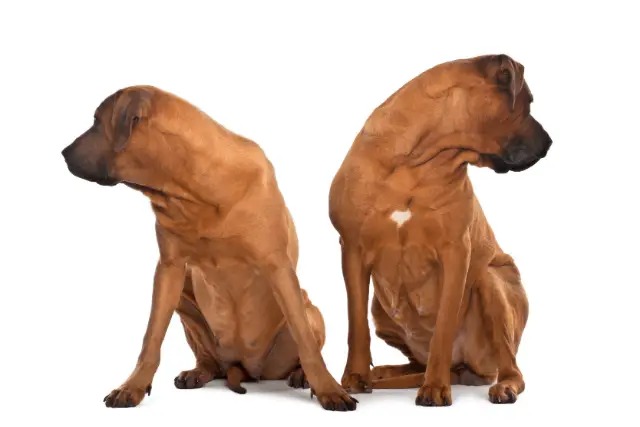
Grooming
The Tosa has a short and dense coat that doesn’t require much grooming. Occasional brushing will do the job and remove all dead hair and keep the coat clean and healthy. Their coat comes in a variety of colors: solid, brindle, red, fawn, yellow, apricot, black, black and brindle, black and tan.
They can have white markings on the chest and feet. They have fast-growing nails that should be trimmed regularly. Check their ears weekly to avoid wax buildup and to prevent any infection. Teeth need to be brushed regularly.
Tosa training
The Tosa Inu dogs don’t require much exercise, but you should take them on daily walks to fulfill their energy needs. They will enjoy outdoor activities such as hiking and retrieving balls. You can also exercise them inside by chasing balls or learning new tricks.
Dog sports such as agility and obedience are also good ways to give them exercise. For Tosa dogs, it would be ideal to live in a house with a backyard, but they can adapt well to apartment living. They can become unhappy if they are kept strictly outside since, most of all, these dogs want to be close to their family.
Aggression
Because they were bred to be fighting dogs, they are not good choices for first-time owners. Tosa dogs have a strong character and can show aggression towards other dogs, especially dogs of the same sex. They are very peaceful and good with their family, but it’s also very protective of them.
They are reserved with strangers, but in most cases, they will not become aggressive with people. Tosa dogs require a strong leader who will know how to handle them. Training should start while they are still puppies. Most of the aggression and attacks are due to poor training and handling.
You should never allow your dog to be a pack leader. They respond well to positive reinforcements because they will do anything to please the owner.
FUN FACT: In Japan, there is still a tradition where they use Tosa Inu dogs for dog fighting.
Socialization
All dogs require socialization to become great and well-balanced dogs. Tosas might require it even more than some other dogs. They were created for fighting, and you cannot completely disregard what their genes carry, but you can raise them to be the best version of themselves.
Try to start the socialization process as soon as possible. Start introducing your Tosa puppy to other dogs and teach them proper behavior. Introduce your new dog to different sights, sounds, dogs, and people. They will get used to situations and other dogs so they will not react aggressively.
The proper socialization will make sure that you get a great dog that doesn’t have any behavior problems later in life. It will also make your life easier since you will be able to walk your dog and not be concerned about what might happen.
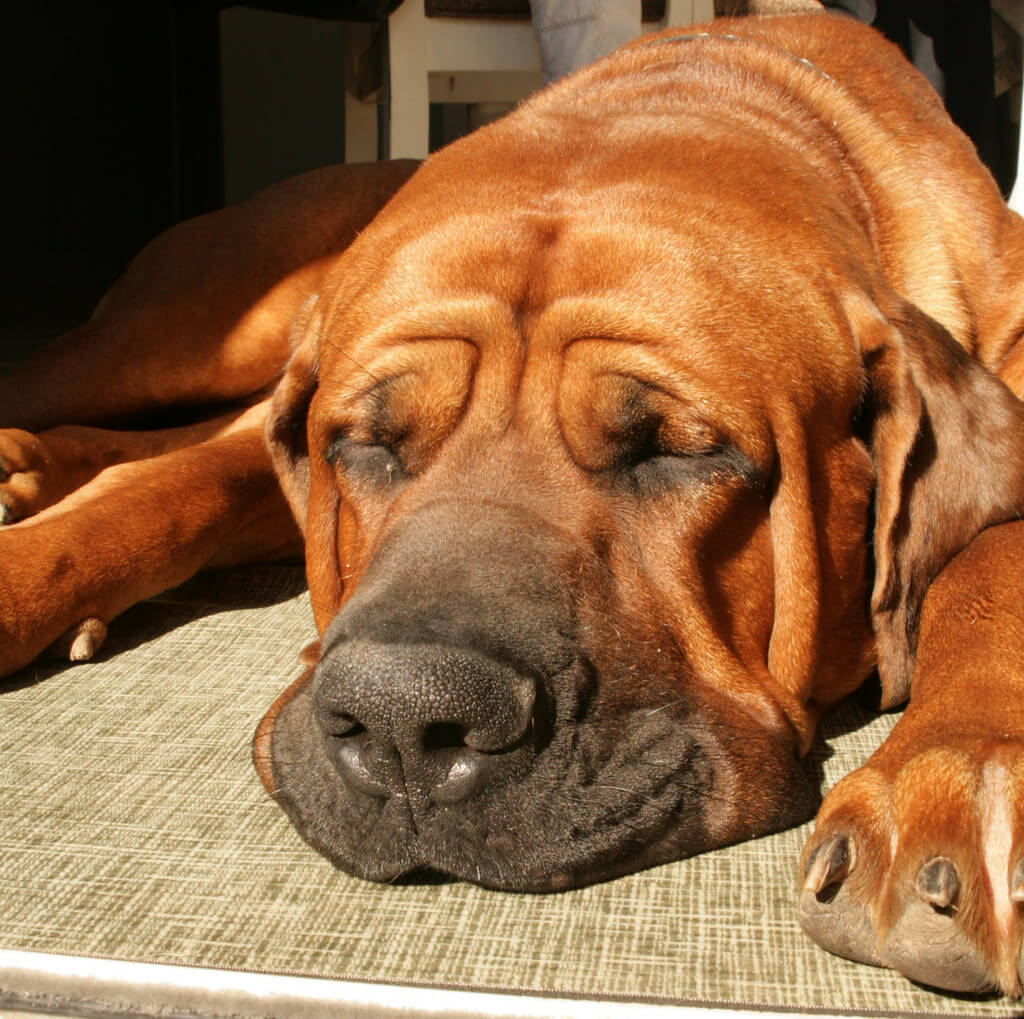
Tosa Inu and the kids
They can be excellent with kids if raised together, but you should always be careful and avoid rough play with them because it can trigger their fighting instincts. They will know how to play with kids, but due to their massive size, they could accidentally hurt the kid, so you should always watch them play.
FUN FACT: The Tosa dogs oftentimes don’t mature until 4 years of age.
Tosa and other animals
This dog breed doesn’t get along too well with other dogs, so it is not the best idea to get one if you already own a dog, especially of the same sex. Tosas tend to become quite aggressive, so keep in mind to keep them away from other dogs that might also be aggressive since the Tosa will defend itself and most likely win that fight.
It is also not a great idea to keep this dog breed in a home with dogs that are the same sex, and if they have a character like the Tosa, they will most likely end up having a fight. Because of their fighting origins, the Tosa Inu have an extremely high pain tolerance.
The Tosa can adapt to living with other dogs and animals if they are raised together, and they have known them from birth. The Tosa Inu has a bloody history and was specially created for fighting, so that is the way you should treat them.
Health problems
Tosa dogs have a life expectancy of 10-12 years. They are a primarily healthy breed, but like any other dog breed, they are prone to some problems they can develop in their life: hip dysplasia, gastric dilation volvulus (GDV), bloat, and eye conditions.
FAQ
Many countries have strict breed-specific laws that don’t allow tosa ownership. These dogs were bred for fighting and are considered aggressive. They do not tolerate other dogs and, therefore, are banned.
Tosa dogs can be dangerous. They were specifically bred for fighting, so they do not tolerate other dogs. These dogs should never be aggressive towards humans.
The average price for the Tosa breed is $1.800 - $2.200. The price depends on their pedigree and breeding quality.
Tosa is considered a massive, powerful dog breed that can reach 21,5-26 in (55-66 cm) and 90-170 lb (41-77 kg). It is something that would be expected from a powerful, fighting dog.
Tosa Inu breeders
Tosa Inu is a rare breed, and if you are interested in buying a Tosa puppy, be prepared to pay a lot of money. The first thing you should do is find a good Tosa Inu breeder. Any dog breed can develop health problems, but if you find a good breeder who tests their breeding dogs and who takes good care of his puppies will give you a better chance that your future dog will not develop any hereditary diseases.
Take your time and find out if this is the right breed for you. You need to be firm and have a lot of experience in owning such a dominant breed to secure that your dog will develop into a well-mannered dog and you should know how to treat and handle this dog breed so you avoid getting in trouble because of the dog's behavior later in life.
World Dog Finder team

Updated at31.08.2023.
Breed History
The Tosa Inu dog breed is a direct result of selective breeding and careful crossbreeding that was happening sometime between 1868 and 1912. Breeds that were used for this process were Kochies, Bulldogs, Great Danes, Bull Terriers, and Saint Bernards.
They were named after the land where they were bred and raised. In the famous Japanese region named Kochi, these dogs were raised specifically for dogfighting rings. During the Meiji restoration period, at the end of the 19th and the beginning of the 20th century, breeders started crossbreeding the local dog breed with different European breeds that we already mentioned.
The goal was to create a tougher, stronger, and more resistant - the ultimate and unbeatable fighting dog.
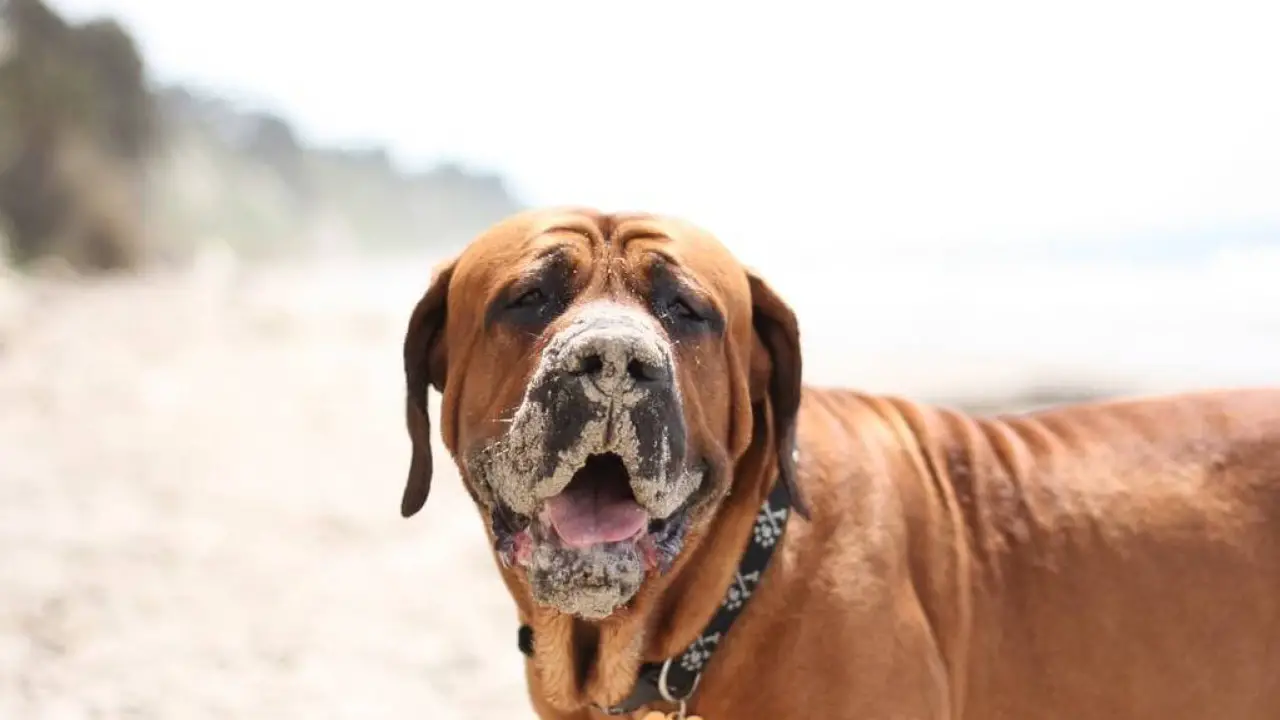
The western dog breeds that were used in the creation of the Tosa breed and the year they were introduced to the breed are: Bulldogs in the year 1872, after that the Mastiffs followed in 1874. The Bull Terriers and the German Pointers were used in 1876 to make Tosas more agile, and finally, Great Danes were introduced in 1924 to increase their size.
All these dog breeds were crossbred to the original Tosa to improve the breed through selective crossbreeding, and the breeders wanted special traits and characteristics from each of these dog breeds. It is also believed that Saint Bernards were used for crossbreeding but there are no exact records or information about when that exactly took place.
Their well-balanced temperament, resilience, and fighting skills that are typical of Tosa Inu dogs are a direct result of the introduction of all these dog breeds. This process created and fused the size and power of the Western dog breeds and combined them with the courage, loyalty, and fighting skills of the native Japanese dog.
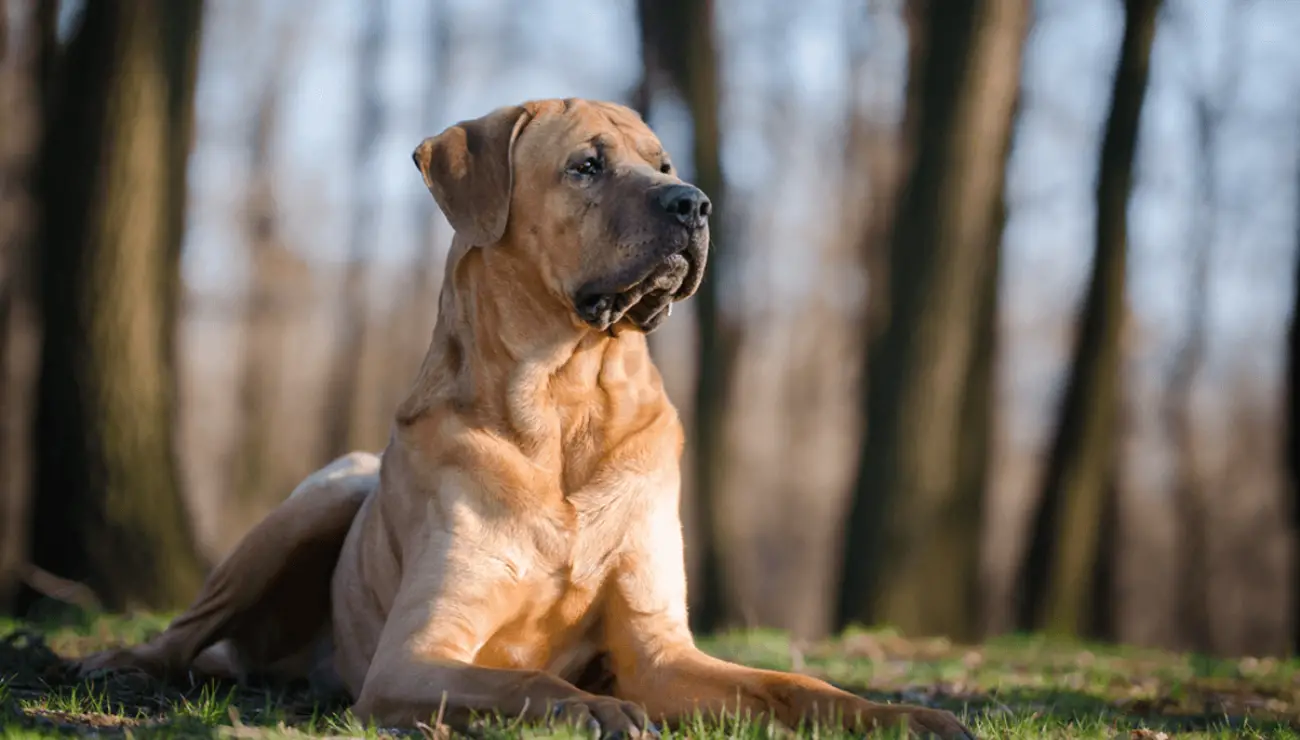
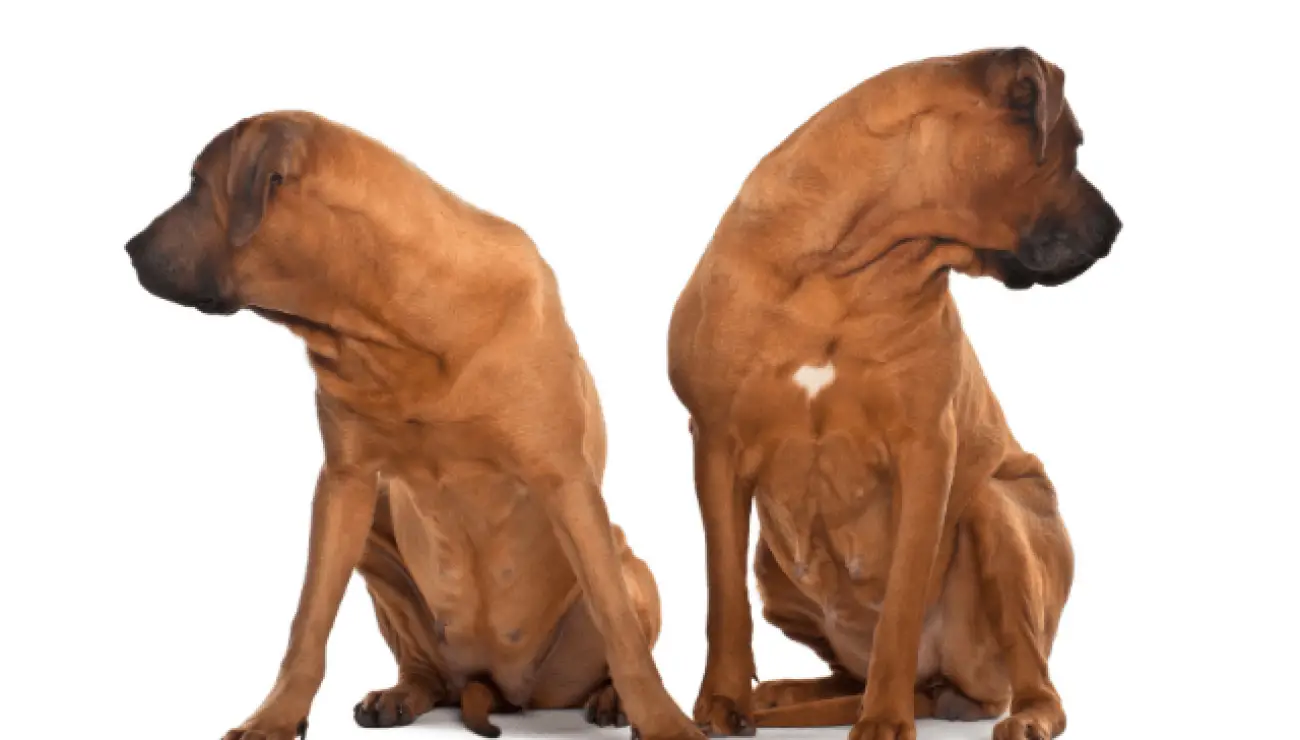
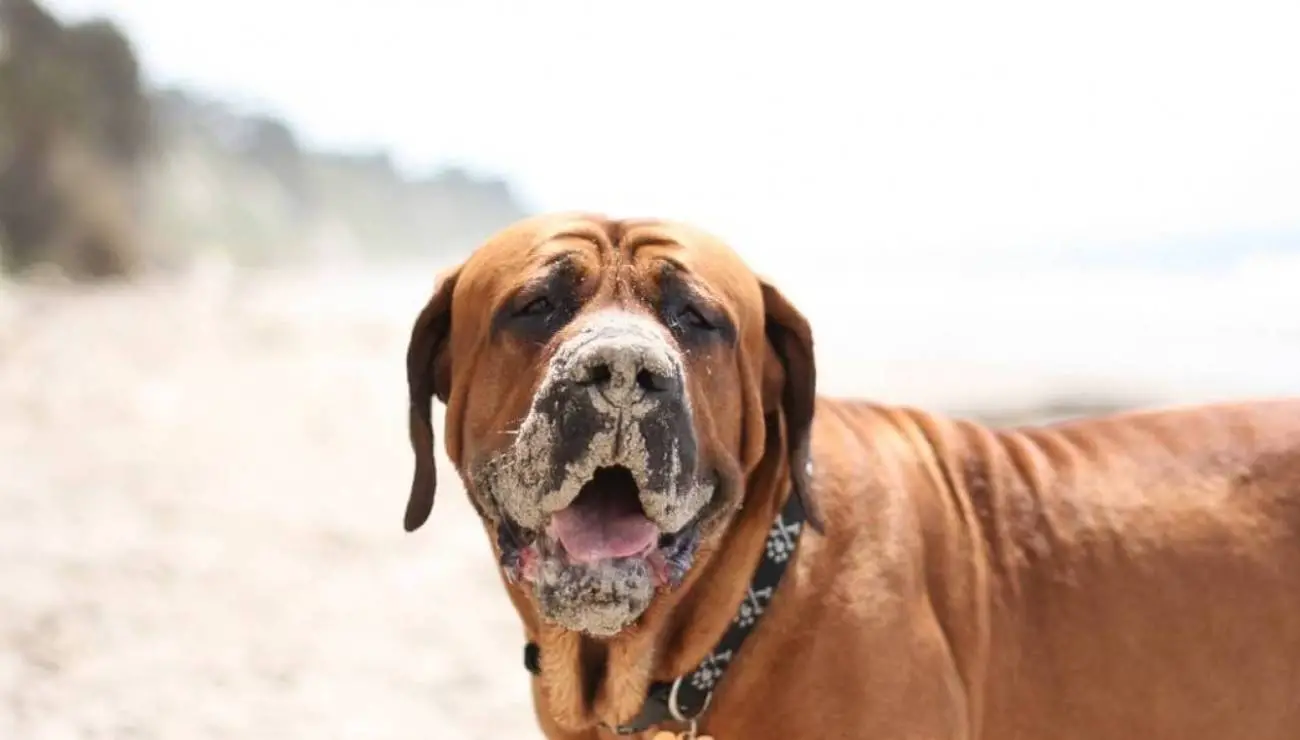
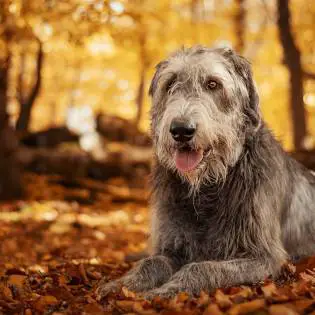
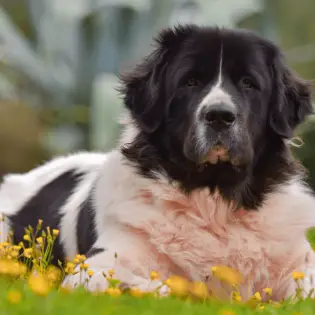
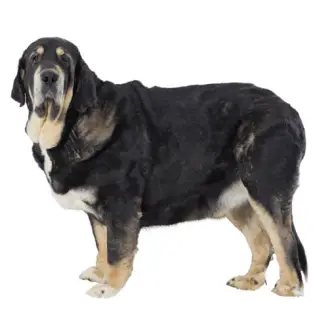

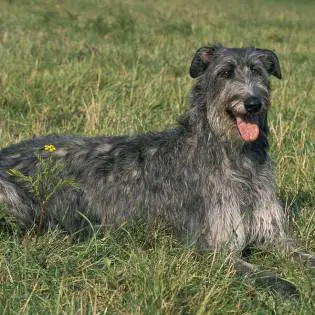

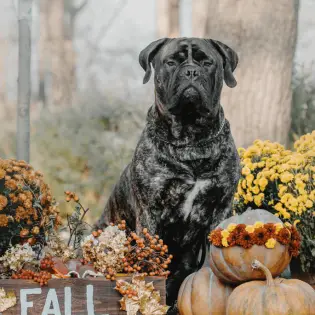
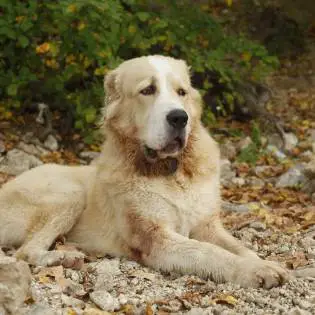
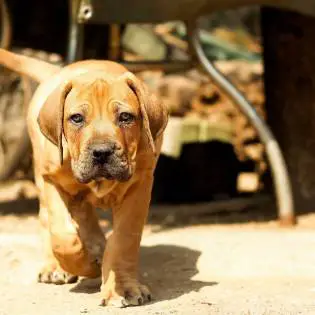
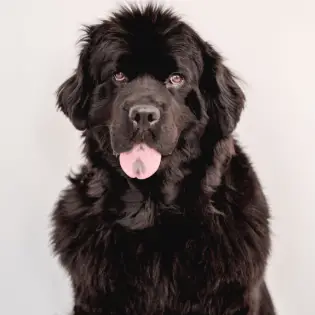

Share